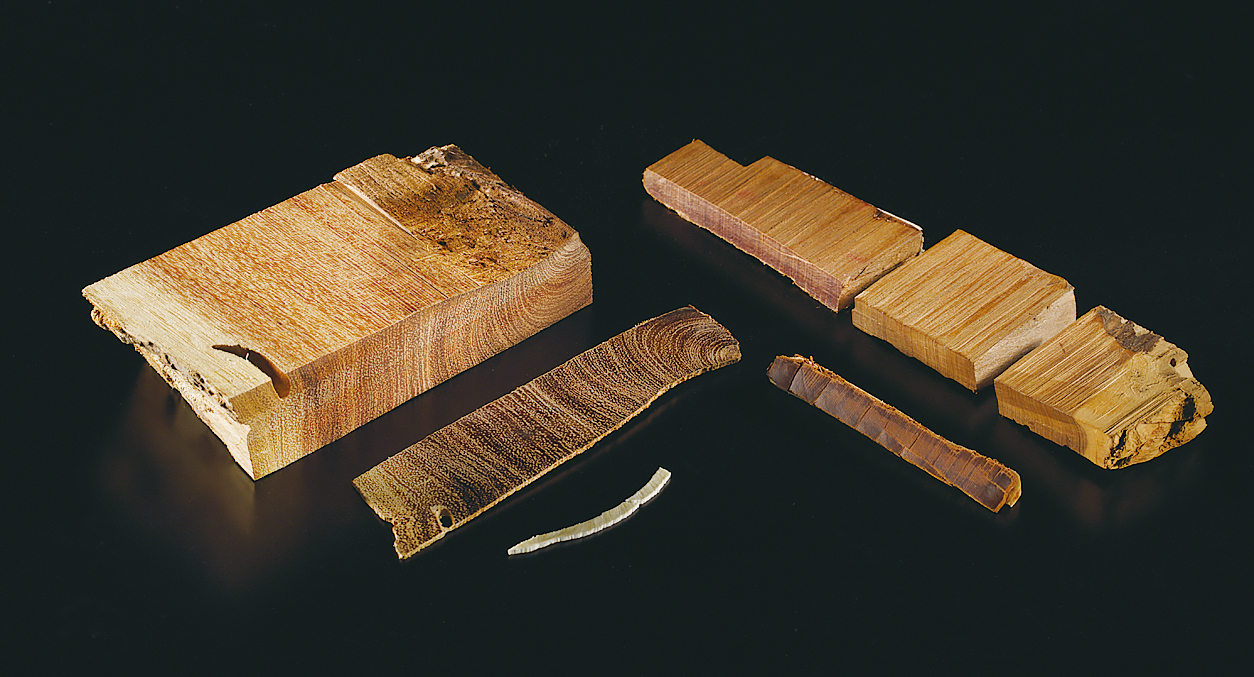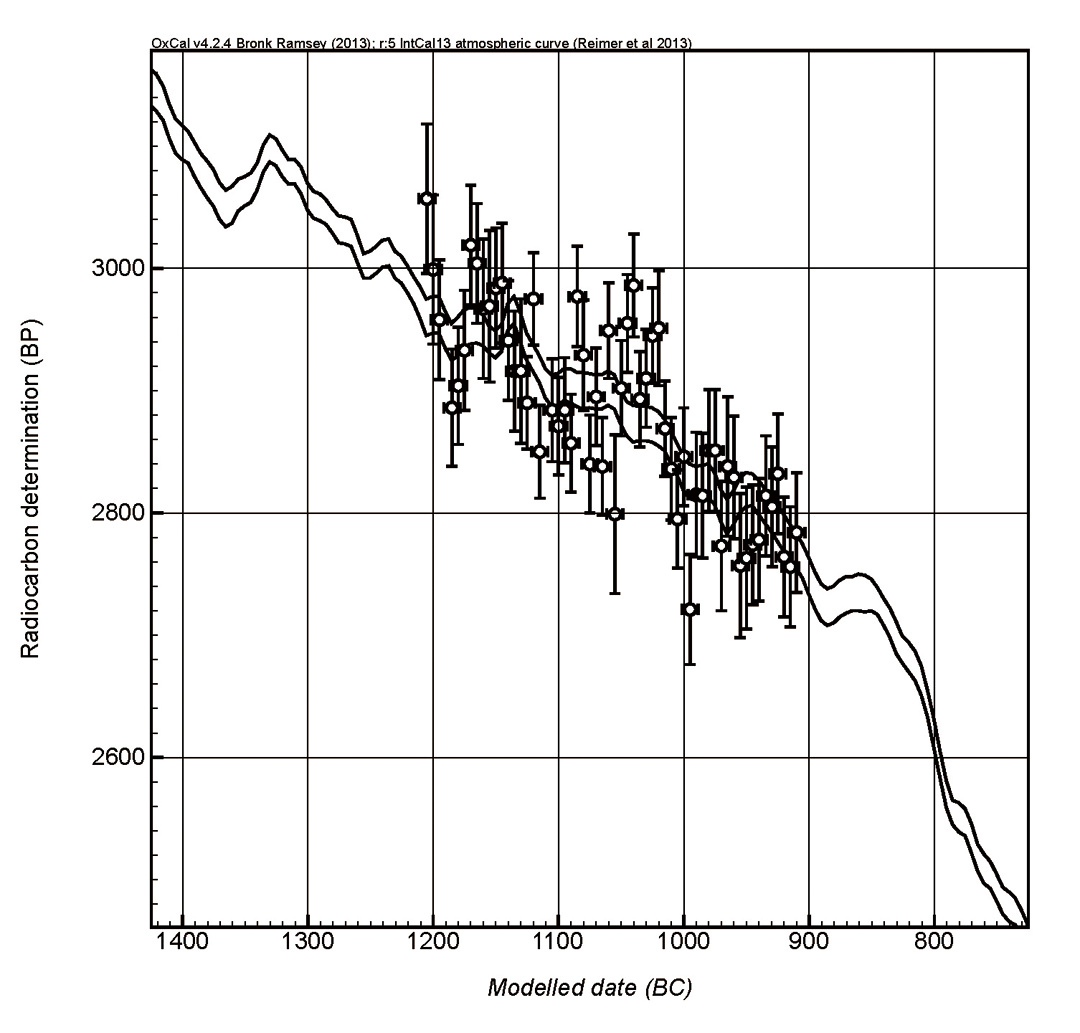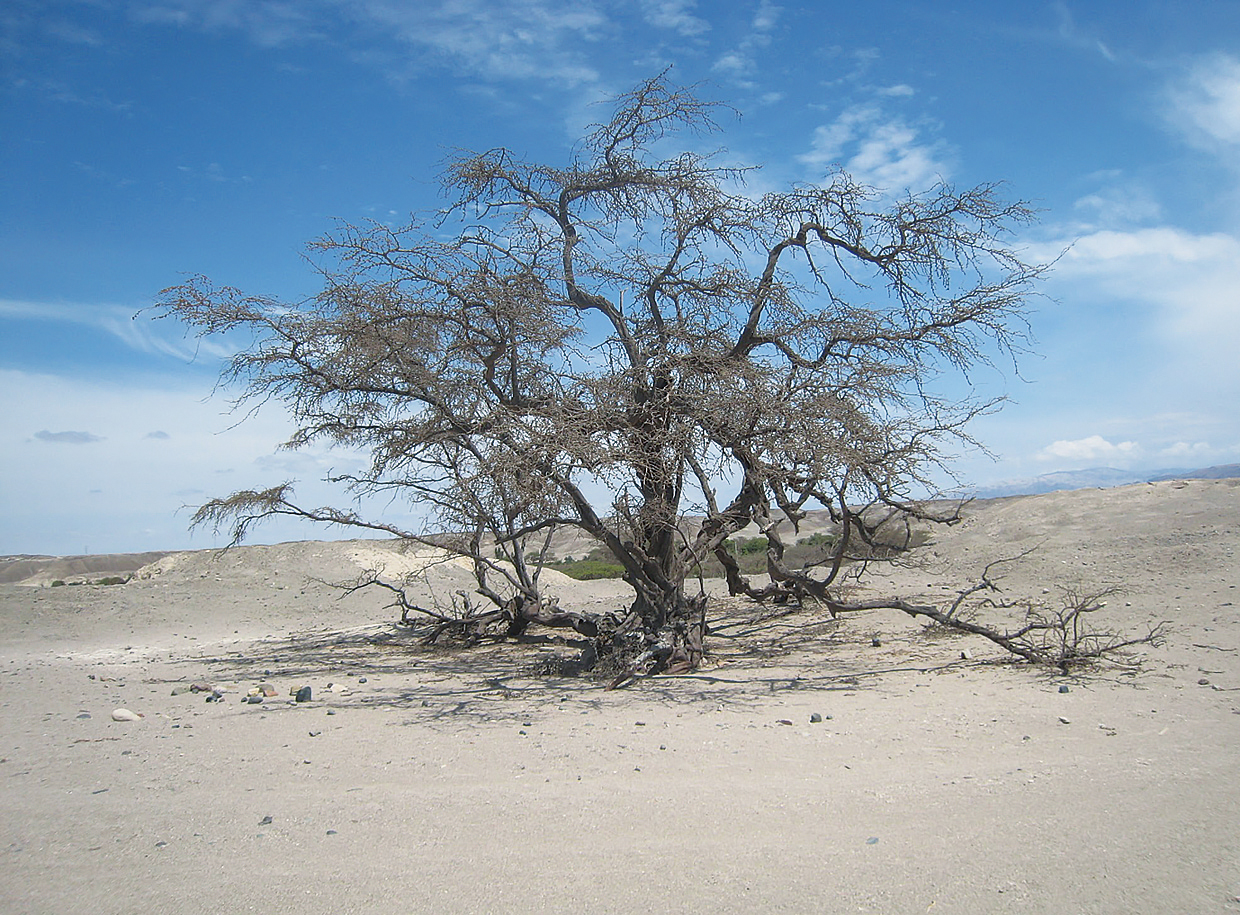H6
Trees witnessed ancient civilizations in the Near East and South America
Gordion, famous for the legend of “Gordian knot” associated with Alexander the Great, is located about 70 kilometers southwest of the Turkish capital Ankara. This ancient city flourished as capital city of the Phrygian kingdom in the Iron Age. In 1957, the largest tumulus at Gordion, called “Midas Mound”, was discovered by the excavation team of the University of Pennsylvania Museum of Archaeology and Anthropology. There is the beautiful wooden burial chamber for Midas’s father Gordias in the tumulus. A piece of the wooden chamber is exhibited here. Radiocarbon dating indicated this piece was being cut down in around BC 912. How can we get such accurate absolute date?
Radiocarbon data has a few decade errors, which occur from contaminants in chemical pretreatments as well as measurements. On the one hand, a tree-ring counting can provide us highly accurate age. Since a tree constructs annual growth rings, we can know the tree age from the number of annual rings from the pith to the outer ring. Moreover, the tree growth and tissue density are correlated with climatic factor, such as precipitation and temperature, and we can find specific variations in tree-ring width, focusing on the same tree species and region. If you have typical tree-ring pattern, you can obtain the absolute age of unknown tree-ring samples. In the case of Europe, the tree-ring database has been compiled up to 10 thousands years ago.
Cell wall in plant is made of cellulose, and robust chemical structure is formed. Cellulose does not turned over after production, and so the 100th tree-ring from the outer most keeps isotopic components 100 years ago. By correcting the decay of radiocarbon in 100 year (about 1%), we can estimate past radiocarbon concentration 100 years ago. Combining dendrochronology and radiocarbon dating, we can investigate the variation of radiocarbon concentration in past atmosphere. In 1980’s, it was started to compile the radiocarbon database call “calibration curve” to translate radiocarbon age to calendar age.The wood sample of the Midas Mound was separated into every 5 years, and measured radiocarbon concentration in each tree-ring. Single radiocarbon age has two type errors ranging from decades to centuries; measurement error and propagation error from the calibration curve. By the pattern matching between the sequential radiocarbon data and the calibration curve, the quite accurate age with a few year error can be derived. This method calls 14C wiggle matching.
It is difficult to perform 14C wiggle matching in the arid lower latitude, such as Nazca plateau, Peru, because the annual growth rings are not clearly visible. In order to identify the seasonality in a single growth ring, we not only performed the dendrochronological and radiocarbon dating, but also applied the stable isotope analysis. Moreover, we try to extract rapid environment changes, and to reconstruct the paleoclimate distribution based on the stable isotopes. The Nazca plain is famous for the “Nazca’s line”. Our goal is to extract the relationship with paleoenvironment changes and cultural activities. (Minoru Yoneda & Takayuki Omori)



